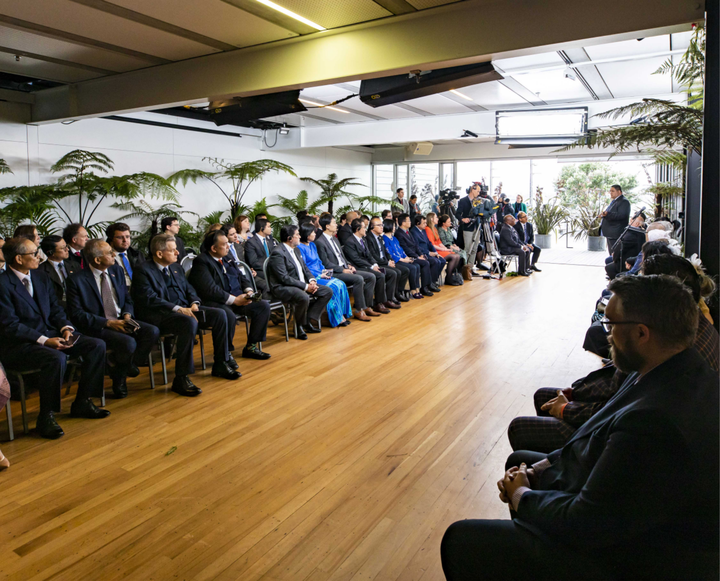Tama Ale Samoa • 13 August 2021
In this week’s ARTicle we take one final look at the Māori genesis story and uncover the origins of Kawa Marae.

In the Māori culture, there are many types of kawa (protocol). This particular kawa is the order in which the orators will stand. We tend to call this the kawa marae, and within this kawa alone, there are two different types. One is called Tāutuutu, the other is called Pāeke.
To give more context, this is what takes place when you participate in a pōwhiri, or a ceremonial welcome. Once the visitor side is called on and seated, the home side will take their seats, and the speeches will commence, in the order of whatever kawa is in place, whether it be Tāutuutu or Pāeke. It is usual to have more than 4 speakers on each side of the marae, both visitor, and host. A rule of thumb is to always have one more speaker than your visitors.
In the kawa of Pāeke, all orators from the home side will speak, followed by all the manuhiri orators. This kawa derives from the time when the gods were in deep discussion, deciding whether or not to separate their parents. Tāne was the leading god, due to him attaining knowledge from the heavens. Tāne led a peaceful campaign alongside his older brother Rongo, hence his full name Rongo ma Tāne. Tāne set the kawa, he said to his brothers, ‘ka rere te mouri kōrero, tukuna hō kupu’ which essentially meant that everyone should have a say, in an orderly fashion. This created the kawa of Pāeke.
However, the god of war Tū did not agree to this and challenged every speech that was made, thus giving birth to the kawa of Tāutuutu. Tāutuutu simply means that a speaker from the home side will speak, and a speaker from the manuhiri or visitors will reply, then again, the haukāinga (host), then again, the manuhiri speaker will reply.
Today in Māori society, those who descend from the god of War hold fast to the kawa of Tāutuutu. Those who descend from Rongo and Tāne hold fast to the kawa of Pāeke.
Image: opening Pōwhiri for APEC 2021.


